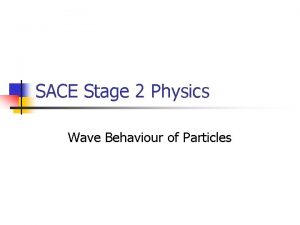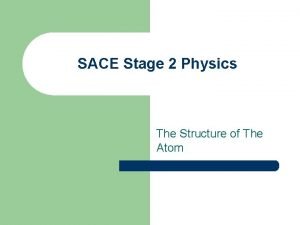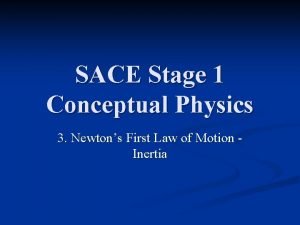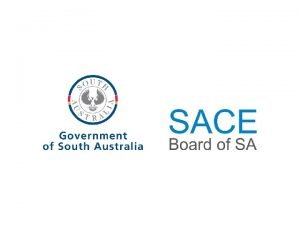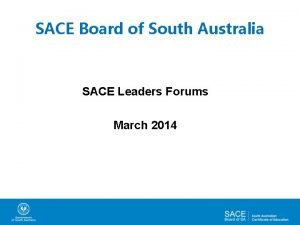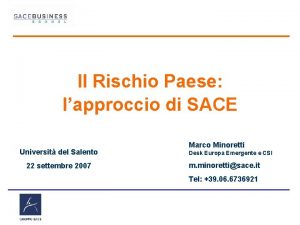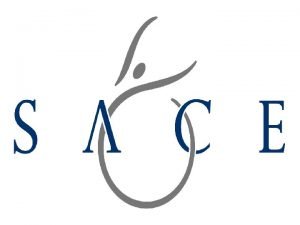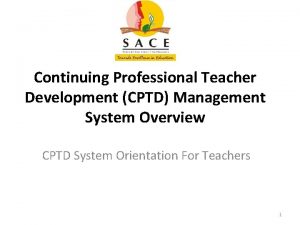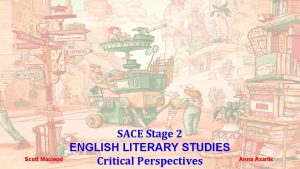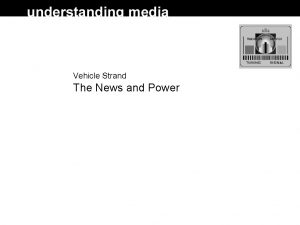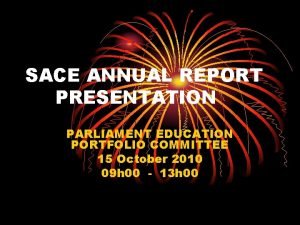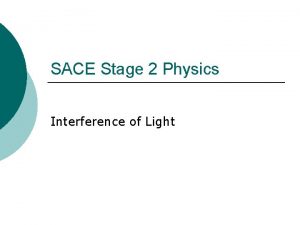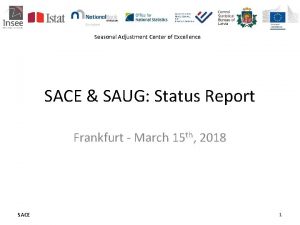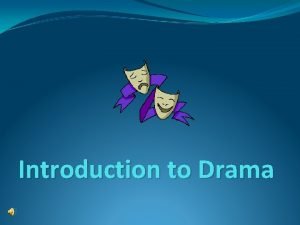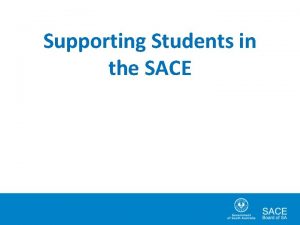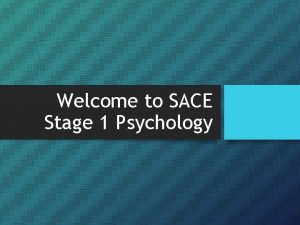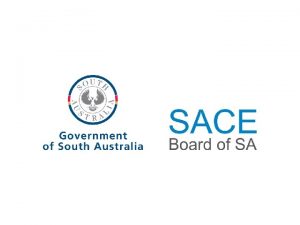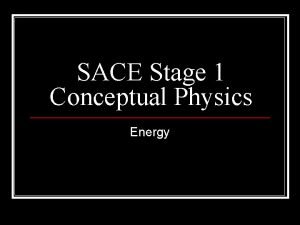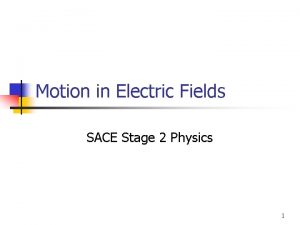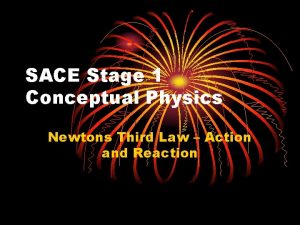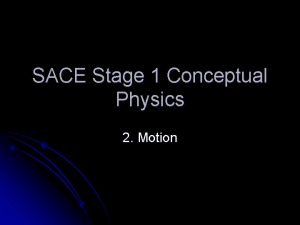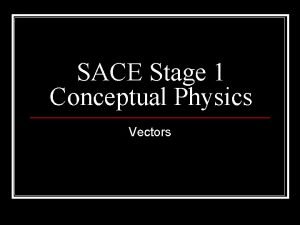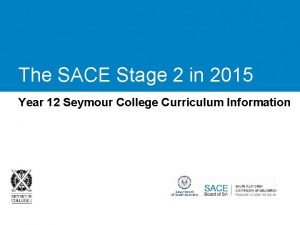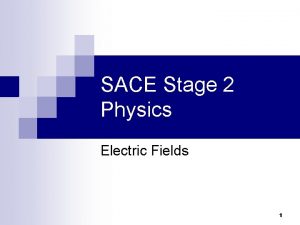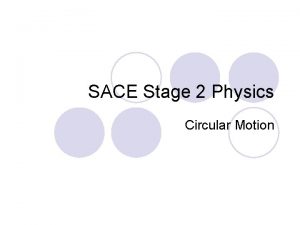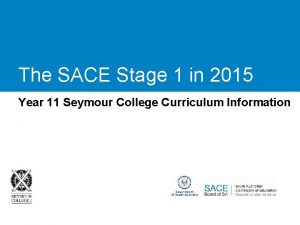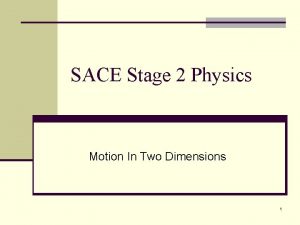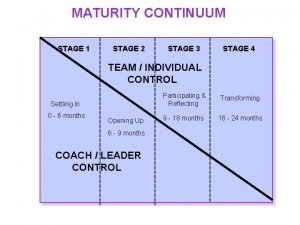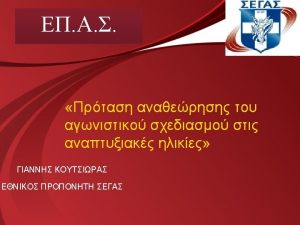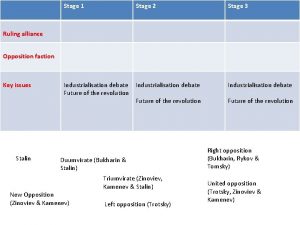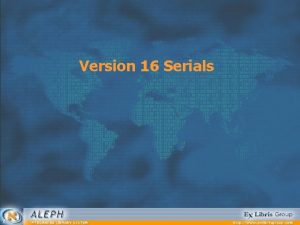Planning for Stage 2 of the SACE What




































- Slides: 36


Planning for Stage 2 of the SACE What you need to know

Stage 2 or Year 12 § Stage 1 of the SACE is generally completed in Year 11. § Stage 2 is generally completed in Year 12. This can vary between schools and students.

The final stage of the SACE § Preparation and qualification for further learning – university and TAFE. § Developing skills in self-directed learning, project management, analysing information. § Opportunities to specialise and begin transition to work or further study.

Stage 2 requirements

Stage 2 requirements § At least 60 credits of Stage 2 subjects or courses (and all other SACE requirements). § Research Project (10 credits). § A C- grade or higher for Stage 2 requirements. § Most students complete more than 70 credits at Stage 2.

Additional choices § To complete the SACE, students can choose from a range of other Stage 1 or Stage 2 subjects or courses (90 credits). § Students must achieve a grade in these subjects or courses to gain the SACE.

SACE credits

Stage 2 / Year 12 assessment § Performance standards define the five grades of achievement from A to E. § Performance standards at grade describe the knowledge, skills, and understanding needed to demonstrate that level of learning. § All SACE teachers and assessors mark with reference to the performance standards. § Performance standards are listed in subject outlines on the SACE website.

Assessment § In Stage 2 or Year 12, student work is graded from A+ to E§ Teachers assess 70% of student work, and 30% is assessed by the SACE Board

School assessment – 70% § A sample of student work from every school is sent to the SACE Board for checking. § Assessment experts check to ensure grades are accurate, fair and comparable with other SACE students. § Sometimes grades are adjusted through this process which is called ‘moderation’.

External assessment – 30% § The SACE Board marks the externally assessed component of all subjects. § These assessments can be written or oral examinations, investigations or performances. § Most exams take place in October and November. § The exam timetable is available on the SACE website early each year.

The Research Project § All SACE students study the Research Project. § A chance to investigate a topic of interest in depth. § Students develop skills in planning, research, analysis, and communication. § Tertiary-style study; skills valued by employers.

Research Project A or B The Research Project is split into three sections and each is worth a different percentage of the final grade. Research Project A Research Project B Folio 30% Research Outcome 40% Review 30% Folio 30% Research Outcome 40% Evaluation 30%

Research Project A or B § Research Project B can count towards the ATAR; Research Project A cannot. § In Research Project A students may present their review in written format (1500 words) or through a 10 -minute presentation. § In Research Project B students must present an evaluation in written format (1500 words).

Research Project capabilities Students choose one or more of seven capabilities to relate to their Research Project: § Literacy § Critical and creative thinking § Numeracy § Personal and social capability § Information and communication technology capability § Ethical understanding § Intercultural understanding

Research questions can relate to interests and passions Jack explored how to get into a competitive Counter Strike team Emily researched how to set up and develop a successful small business Carly questioned if personal environment contributes to one’s wellbeing

Other subjects and courses

Recognised learning § The SACE recognises learning in and outside school, for example: § vocational education and training courses (VET) § university and TAFE courses § community learning.

Vocational education and training (VET) § Students can undertake hands-on learning in a workplace setting and get a head start on a career. § They learn on-the-job skills while working towards both the SACE and a VET qualification. § Students can gain up to 150 of their 200 SACE credits at Stage 1 and/or Stage 2 from VET.

University, TAFE and other courses § Students who complete a Certificate III or higher may count the qualification towards their ATAR. § The SACE also recognises university studies, and interstate and overseas senior secondary school qualifications.

Community learning § Students can count up to 90 credits of community learning at Stage 1 or Stage 2. § Programs such as the Duke of Edinburgh’s Award, Country Fire Service Training, and Australian Music Exams are recognised. § Students may also receive credits for playing sport at an elite level, acting as a carer, or gaining a pilot’s licence.

Results § Year 12 results are usually available before Christmas – online and in the mail. § Students need their PIN and SACE registration number to access their results on the Students Online section of the SACE website. § Students should check they can log in, and check their address is up to date, prior to exams and final assessments.

Results § Students who qualify for a Tertiary Entrance Statement can access their Australian Tertiary Admission Rank (ATAR) and TAFE SA Selection Score online. § Students also receive this information in the mail from the South Australian Tertiary Admissions Centre (SATAC).

Beyond school

Australian Tertiary Admission Rank (ATAR) § Measures a student’s overall achievement compared with other students. § Used by universities to select students for university courses. § Ranges from 0 to 99. 95. § Calculated from university aggregate – based on 90 credits of SACE Stage 2 for entry in 2018.

Applying for 2018 university entry To be eligible, students will need to have: § completed the SACE with at least 90 credits at Stage 2 § gained an ATAR § gained a university aggregate § met any prerequisite subject requirements § complied with rules regarding subject combinations and counting restrictions.

Applying for TAFE § SACE meets TAFE SA Course Admission Requirements for most courses. § TAFE SA considers other qualifications and experiences.

Applying for TAFE § See the Tertiary Entrance 2017, 2018, 2019 booklet. § Published by the South Australian Tertiary Admissions Centre (SATAC), and provided to schools. § Visit www. satac. edu. au and www. tafesa. edu. au.

Individual circumstances

Special provisions § Available if an illness, disability or unforeseen circumstance significantly impacts a student’s ability to participate in an assessment. § To apply, student must provide evidence of impact. § More information is on the SACE website under Schools > Special Provisions (minisite).

Students with a disability § Modified subjects are offered at Stage 1 and Stage 2 for students with identified intellectual disabilities. § Studying a modified subject gains credits towards the SACE but not a grade for the subject. Achievement is recorded as ‘Completed’. § Any modified subjects a student has studied are identified on their SACE certificate.

Interstate/ overseas/ adult students § The SACE Board grants status for equivalent learning gained from appropriate qualifications, subjects, courses or learning experiences. § Further information available on the SACE website under the ‘Students’ section.

Further information

achieve handbook § Copies of the Stage 2 edition of the achieve handbook available for all Year 11 students. § Useful during course counselling for Year 12. § Parents encouraged to read achieve with students to discuss options and plans.

Further information § Visit the SACE website – particularly the ‘Students’ and ‘Learning’ sections: www. sace. sa. edu. au. § Read a copy of the achieve handbook (Stage 1 or Stage 2 edition). § Talk to teachers and the SACE coordinator at your school.
 Sace wawe
Sace wawe Sace stage 2 physics
Sace stage 2 physics Sace stage 1 physics
Sace stage 1 physics Sace stage 2
Sace stage 2 Sace aggregate
Sace aggregate Rischio paese sace
Rischio paese sace Export plus sace
Export plus sace Cptd
Cptd Sace english literary studies
Sace english literary studies Plato sace
Plato sace Sace annual report
Sace annual report Sace wave
Sace wave Sace center
Sace center What is 2 stage tendering
What is 2 stage tendering The word drama comes from
The word drama comes from Stage 2 denial
Stage 2 denial Upstage vs downstage
Upstage vs downstage Proscenium stage directions
Proscenium stage directions Audience sits on two sides
Audience sits on two sides Datumr
Datumr Shingelfrisyren
Shingelfrisyren Stål för stötfångarsystem
Stål för stötfångarsystem Verktyg för automatisering av utbetalningar
Verktyg för automatisering av utbetalningar Vishnuismen
Vishnuismen Cks
Cks Exspektans eller expektans
Exspektans eller expektans Lyckans minut erik lindorm analys
Lyckans minut erik lindorm analys Strategi för svensk viltförvaltning
Strategi för svensk viltförvaltning A gastrica
A gastrica Tack för att ni lyssnade bild
Tack för att ni lyssnade bild Verksamhetsanalys exempel
Verksamhetsanalys exempel Novell typiska drag
Novell typiska drag R formel
R formel Tack för att ni har lyssnat
Tack för att ni har lyssnat Läkarutlåtande för livränta
Läkarutlåtande för livränta Treserva lathund
Treserva lathund Inköpsprocessen steg för steg
Inköpsprocessen steg för steg
